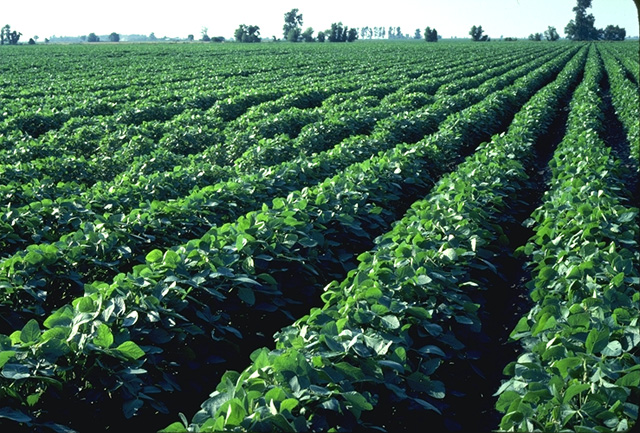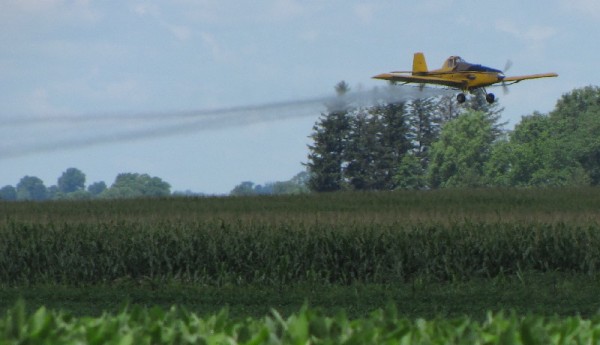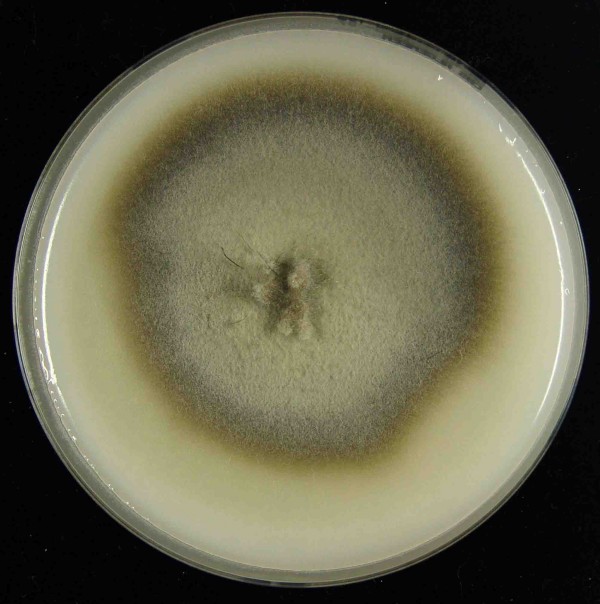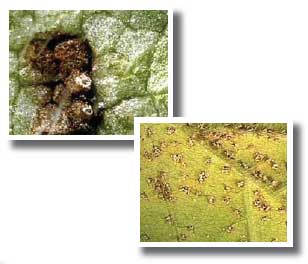New and old threats to soybean production

University of Illinois researchers identified the top pathogens, pests and weeds affecting soybean production. Soybean aphid, soybean rust, soybean cyst nematode, Sclerotina stem rot and the exotic pathogen, red leaf blotch, were featured as some of the top biotic constraints that may affect soybean production now and in the future.
Enormous potential exists to increase future soybean production. Genetic resources, used through both traditional breeding and bioengineering, may provide the solutions needed to combat current and future disease problems. As soybean production has increased over the past 50 years, so has the intensity of biotic constraints that ultimately threaten yield.

Where soybean is grown every year or even every other year, pathogens often have increased in density to cause economic losses in yield. Parasitic microorganisms, including bacteria, fungi, nematodes, Oomycetes, and viruses all contribute to economic damage. A similar story occurs for pests; many, such as aphids, beetles, mites, and stinkbugs, cause considerable economic damage to the soybean crop. Although aphids, rust, nematode and Sclerotina stem rot are commonly known and recognized by soybean growers, less information is known on red leaf blotch, an exotic disease caused by the fungal pathogen Phoma glycinicola.
The fungus that causes red leaf blotch is listed on the USDA Agricultural Select Agent List – the same list as anthrax. So far, this disease has only been reported in Africa. However, if red leaf blotch is found in the United States, a recovery plan through the USDA-APHIS program has been developed that outlines a course of action to prevent it from spreading. Red leaf blotch symptoms include lesions on foliage, petioles, pods and stems. The fungus does not appear to be seedborne, but may be transported along with soil and other debris in grain. Yield losses of up to 50 percent were documented in Zambia and Zimbabwe in the 1980s.

More research is needed to develop molecular diagnostic techniques to identify this pathogen from other common foliar soybean pathogens, to provide better information on fungicide chemistry and application timing, to develop varietal resistance and gather more data to develop predictive models for potential containment and management. To successfully reduce losses due to pathogens and pests, a number of practices used alone or in combination may be needed; these include cultural and seed sanitation techniques, pesticide applications, and deployment of soybean cultivars with resistance.
Biosecurity of food crops is important because we don’t want to suffer food shortages – whether it’s due to natural disasters or pathogens and pests that we can sometimes control. If we are talking about food and crop improvement, we are always talking about reducing diseases and pests. (SeedDaily)


Commenting rules and guidelines
We value the thoughts and opinions of our readers and welcome healthy discussions on our website. In order to maintain a respectful and positive community, we ask that all commenters follow these rules:
We reserve the right to remove any comments that violate these rules. By commenting on our website, you agree to abide by these guidelines. Thank you for helping to create a positive and welcoming environment for all.